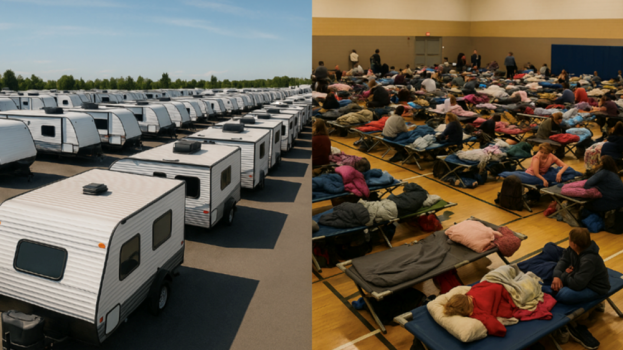
Nasal congestion, headaches, insomnia, body pain and excessive fatigue. These, believe it or not, are not just the symptoms of the flu but also those of loneliness, according to the Wisconsin-based Mayo Clinic Health System. And, based on newly released data in Citizen Relations’ global The Citizen Connections Report 2023, it’s more fatal than smoking.
“We’re creatures of habit and during the pandemic, logically, we created these new habits of not being around people for health reasons. But today, getting out of those habits, there’s nothing happening. In fact, you look at things like remote work or hybrid work and that’s still about not spending time together,” says Nick Cowling, global CEO at Citizen Relations.
The report is the communications agency and Research + Knowledge = Insights’ first study about the crisis of social disconnect across the globe. They surveyed over 3,000 respondents online over the age of 18 across Canada, the U.S. and the U.K, and looked at how those surveyed view social connection, how they connect to others and what kind of connection they want.
Respondents of the report were categorized into 5 self-identified varying types that depend on how much or how little one is comfortable with socializing: The enthusiast (16%), the charmer (29%), the affable (41%), the bashful (5%) and the island (9%).
Additionally, the report reveals three key reasons as to why we’re having trouble with this aspect of our lives, why we desire connection and yet hold back, also known as “the connection deficit.”
Firstly, due to global and sociopolitical issues, we’ve had to reduce the amount of people in our social circle. Thirty percent of respondents shared that they are less inclined to discuss controversial topics and 15% have lost friends due to polarization. We also don’t fully grasp that we need a mix of online and real life relationships and interactions (it’s not one or the other). In fact, only 24% shared that they were able to build new friendships virtually. And lastly, mental health has a direct impact on our ability to forge new connections – 20% have said that they are more anxious in social gatherings.
And certainly, while public policy and the health community are working to remedy the issue, the responsibility can’t be relegated to them alone. Fifty percent of Gen Z respondents are convinced that mental health is an issue that brands should play a helpful role in.
Citizen Relations has some thoughts on how companies can get started combating the loneliness epidemic. “Not only do they have a duty of care to their employees,” Cowling explains, “but if you can address mental health a little bit, it’s going to help with productivity, it’s going to help with engagement.”
The agency suggests brands take on the issue as they would any purpose-led initiative by investing in campaigns that are addressing the issue, thinking about how their events and activations are building more solid connections, and focusing on the topic in internal communications. Disrupt the online vs. in real life narrative by facilitating a debate on an important conversation where ideas can be exchanged without self-censorship, for example. Encourage those seemingly unimportant interactions, like chatting with the barista, during the day, or what the agency calls “weak ties.”
Organizations have the power, platform and responsibility to focus on bringing people together with the aim of closing the connection deficit and fostering better connections.
“There’s always been this phrase a lot of marketing people would say over the years, ‘Oh, well, we’re not curing cancer, right?'” Cowling shares. “However, I feel like in this case, we can do something important and have an important impact on somebody.”






















